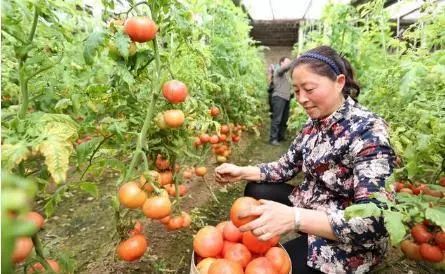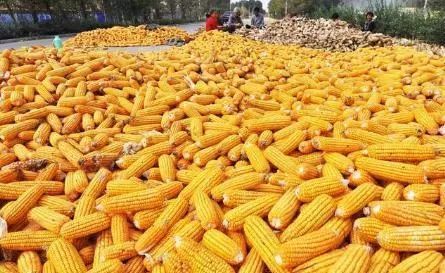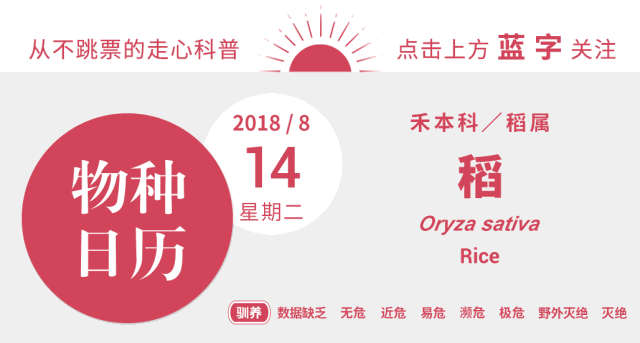Have you mastered the technique of growing tomatoes in the open field?

Tomatoes like temperature and light, and the most suitable temperature for photosynthesis is 20-25 degrees Celsius. too high or too low temperature will affect its growth and development. with the progress of science and technology, people can eat tomatoes all the year round. then how to grow tomatoes in the open field, let's talk about the planting and management methods of tomatoes:
The first species selection
In order to break the seed dormancy, promote seed germination, sterilize and prevent disease, and enhance seed resistance, it is necessary to select middle and late mature seeds with heat resistance, storage and transportation resistance, high quality and high yield (such as Maofen 802, Lmur402, Jiafen 10, etc.). The common methods of seed treatment include seed soaking, high temperature disinfection, seed soaking in warm soup, dry heat treatment and so on.
The specific methods are as follows: 1. Soak the seeds with a water temperature of 50-52 ℃, soak the seeds with 0.2%-0.3% potassium permanganate solution, soak the seeds for 20 minutes, remove and rinse to dry.
Replace high-definition large images
2. Blanch the seeds in 55 ℃ warm water for 10 minutes. Keep hot water and keep the water temperature 55 degrees Celsius. This disinfection method can prevent the occurrence of tomato leaf mold, canker, early blight and other diseases, then soak in 10% trisodium phosphate solution for 20 minutes, rinse with clean water and accelerate germination.
The second tomato seedling and planting
Generally speaking, tomato seeds contain about 300 seeds per gram, and the seed consumption per mu is 20-30 grams. Each square meter of seeding bed can sow 10-15 grams. If the seed germination rate is less than 85%, the sowing rate should be increased appropriately. The seeds should be soaked in warm water for 6-8 hours to fully expand, and then sprout at 25-28 degrees Celsius for 2-3 days. On the other hand, the seeds soaked with chemicals only need to rinse the seeds with clean water and then sprout directly.
Replace high-definition large images
In the process of sprouting, it is necessary to provide appropriate temperature, moisture and air, so that the seeds should be checked and turned frequently to make the seeds loose, and rinse with clean water 1-2 times a day to update the air and maintain humidity. It is best to use a thermostat to promote budding. When the seedlings grow 1-2 true leaves, spray 100 milligrams of meth at a time. The seedlings were weakened and left strong when 2 true leaves were grown. The seedlings are divided into 3-4 true leaves, and the distance between rows is 8 cm × 5 cm. The split seedling bed is inserted with arched bamboo, and the fine seedlings need to be covered with film to protect against rain on rainy days.
99 plant protection liquid fertilizer can be sprayed on the leaves at seedling stage, which can improve the disease resistance of tomato. When the seedlings grow 5-6 true leaves and the land is stable to 10 degrees Celsius or above, it can be planted in the field. The planting land of tomato should choose the land that has not been planted with Solanaceae plants, and deep ploughing and drying soil should be carried out before planting, so as to improve the water retention capacity of soil and reduce diseases and insect pests.
While ploughing and turning the soil, 5000 kg of rotten ring fertilizer, 50 kg of ternary compound fertilizer, 50 kg of superphosphate, 20 kg of cake fertilizer and 150kg of plant ash were applied per mu. The planting method can use high ridge and large and small rows, the planting density is generally 0.6-0.7 meters between rows and 0.4 meters between plants, and the root water is drenched to promote rooting after planting.
Prevention and control of the third diseases and insect pests
The main diseases and insect pests of tomato are as follows: (1) early blight can be sprayed with Luheng Juqing 1500murmur2000 times, and in severe cases, it can be sprayed with Hurricane + Luheng 6 + Tianbao.
(2) 50% enylmorpholine of Luheng late blight was sprayed with 2000 times of enyl morpholine or 500 times of aluminum triethylphosphonate 400 of Lvheng was sprayed on the leaf. In severe cases, Hurricane + Luheng 6 + Tianbao could be used.
(3) Botrytis cinerea can be sprayed with 700x solution of Luheng No. 5 or 1000 times of pyrimidine in Luheng at the initial stage of the disease, and in severe cases, it can be sprayed with Gray Beek + Tianbao + eugenol.
(4) Leaf mildew can be sprayed with 1500 times of Luheng 6 or 1200 times of cuprous oxide at the initial stage of the disease.
(5) bacterial spot disease can be controlled with 77% 400% 500 times solution of wettable powder, 53.8% solution of 2000 dry suspension, 20% thiabendazole suspension, 14% complex ammonia copper solution or 0.3% 0.5% copper hydroxide solution, spraying every 10 days or so for 4 times.
(6) the root of Ralstonia solanacearum can be irrigated with 4000 times of 2% agricultural streptomycin soluble powder, 300ml per plant, once every 10 days for 2 times.
(7) aphids can be sprayed with 2.5% aphid-protecting untraceable EC 1000 murmur1500 times or the wettable powder 2000 Murray 2500 times.
Finally, although tomatoes like temperature and light, but strong light, too high temperature will cause tomato fruit to be burned by the sun, so summer must do a good job of shading work to stop the strong light.
Here is science to promote agriculture, welcome to add attention, with you to grow knowledge.
The original copyright of the article belongs to the Science Xingnong account, and infringement must be investigated.
- Prev

There is little hope that the yield of new corn will continue to rise in the face of double decline this year.
For this year's corn yield science Xingnong wants to use the following word to express "double decline", that is to say, not only the per unit yield of corn has declined this year, but also the total yield this year. It is only a month and a half before the new corn harvest.
- Next

We still don't know where the rice we eat every day comes from.
Rice (Oryza sativa) can be said to be one of the crops that we Chinese are most familiar with. About how to eat it, the species calendar talked about it two years ago. You can see here. Today we are going to learn about the origin of rice.
Related
- Wuhan Hospital Iron Tree Blooming Result Was Instantly Frightened by the Gardener Master
- Which variety of camellia is the most fragrant and best? Which one do you like best?
- What is the small blue coat, the breeding methods and matters needing attention of the succulent plant
- Dormancy time and maintenance management of succulent plants during dormancy
- Minas succulent how to raise, Minas succulent plant pictures
- What are the varieties of winter succulent plants
- How to raise succulent plants in twelve rolls? let's take a look at some experience of breeding twelve rolls.
- Attention should be paid to water control for succulent plants during dormant period (winter and summer)
- Watering experience of twelve rolls of succulent plants
- Techniques for fertilizing succulent plants. An article will let you know how to fertilize succulent plants.

